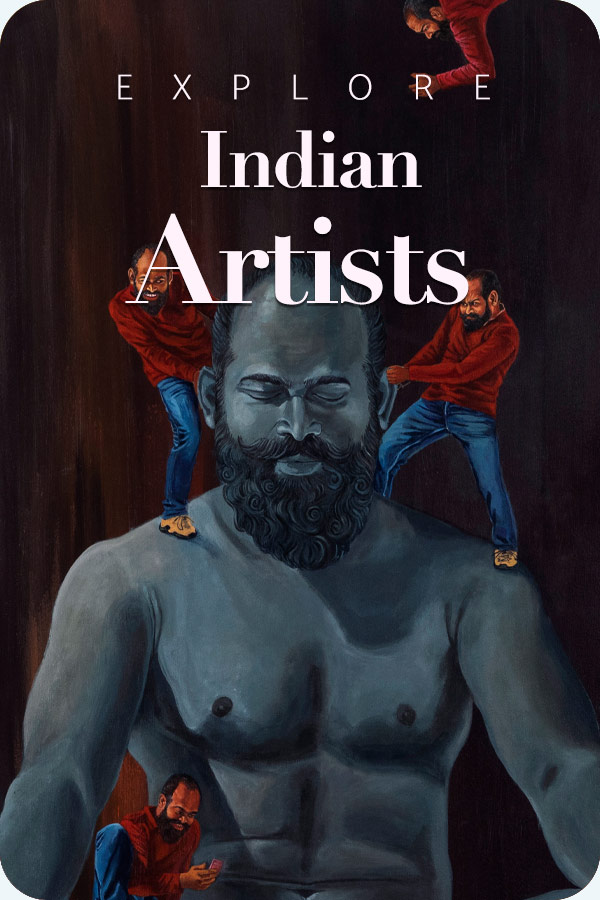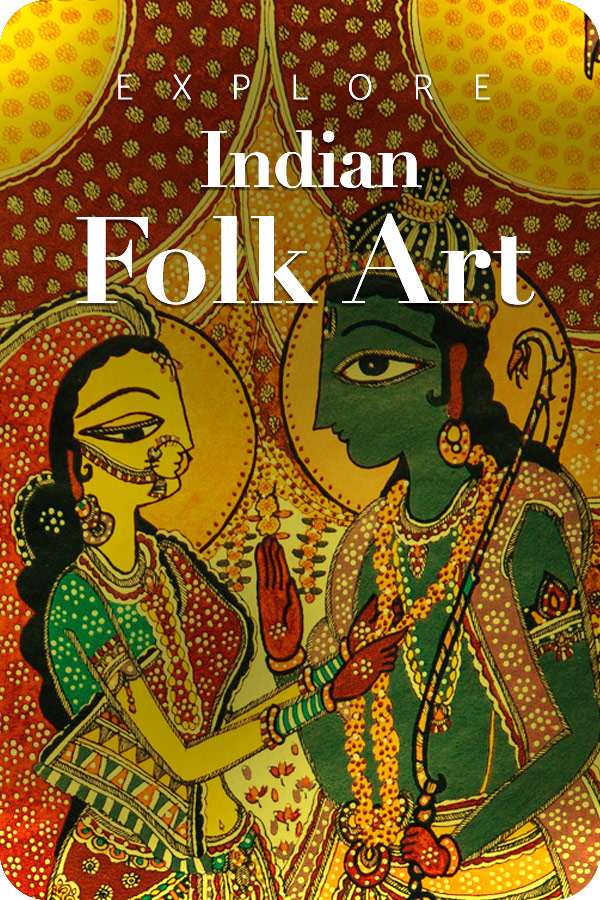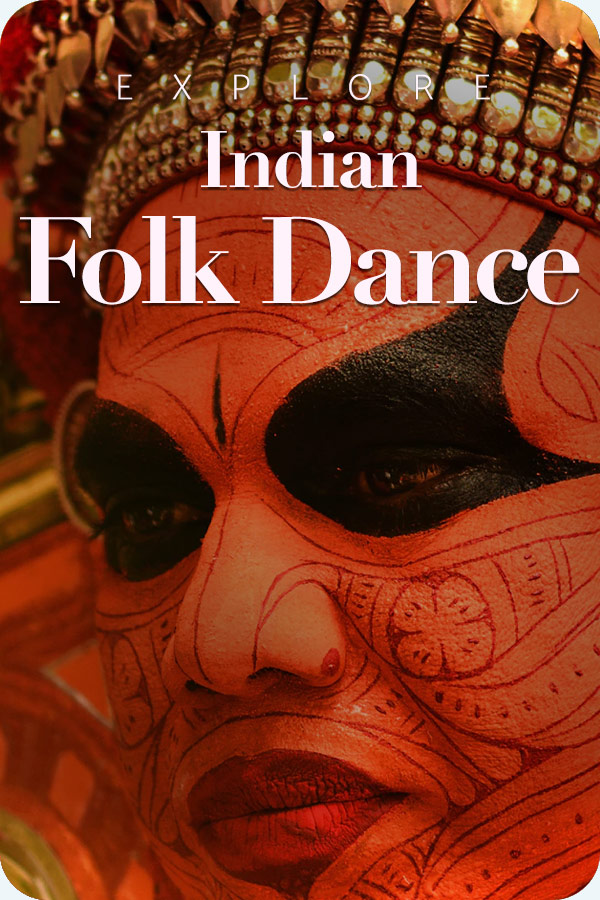
On 9 th August World Sanskrit Day is celebrated, it is an honor to one of the oldest languages in human history. Sanskrit, also known as Devavani or the language of the gods, serves as a reflection of India’s ancient wisdom, rich cultural heritage, and profound intellectual tradition. Although it is not the language used in everyday conversation, it is still heard in prayers, rituals, yoga, classical music and scholarly literature.
So, we will take a plunge into the history of Sanskrit and why 9 August should be celebrated with respect and admiration.
History and Sanskrit
Sanskrit is not only an ancient language it is timeless. It has influenced Indian civilization for more than 3,000 years and has formed a linguistic basis of many contemporary Indian languages such as Hindi, Marathi, Bengali and even some of the languages outside India. All the ancient literature such as the Vedas, Upanishads, Bhagavad Gita, Mahabharata and Ramayana were all written in this language.
Interestingly, World Sanskrit Day (Vishva-Samskrita-Dinam) is celebrated on the full-moon day (Shravana Poornima) of the Hindu month of Shravana, which typically occurs in August. It falls on Raksha Bandhan and the day when sages used to share Vedic knowledge to their disciples.
Sanskrit is a repository of philosophy, science, astronomy, mathematics, medicine and even grammar. It is one of the most advanced linguistic systems in the history of humanity created by Panini who was an old Sanskrit grammarian. Linguists all over the world continue to study his work!
Besides, numerous Sanskrit verses are mathematically precise. Such concepts as zero (shunya), decimal system, and even trigonometric concepts were recorded in Sanskrit many centuries earlier than they were recorded in the West.
Sanskrit in the New World
Although it is a fact that one does not commonly hear Sanskrit in everyday life, it is present in all aspects of life, in chanting, wedding hymns, yoga sutras, and classical arts. Schools, universities and spiritual centers all around the world are rediscovering the interest in this language today.
Sanskrit is spoken in India through the National Education Policy 2020 which promotes the study of Sanskrit in educational institutions. In some villages like Mattur in Karnataka, and Jhiri in Madhya Pradesh, the inhabitants speak Sanskrit fluently!
Sanskrit has also entered the digital age. The learning of Sanskrit is increasingly accessible to younger generations through the use of digital tools, mobile applications, and educational YouTube channels dedicated to the language.
Sanskrit Day Celebration
You do not necessarily need to be a scholar to celebrate Sanskrit. These are a few of the easy but significant things to do on the day that can help you to learn more about this language:
- Study and learn the meaning of a Sanskrit shloka or mantra.
- Attend a local or online workshop or storytelling session in Sanskrit.
- Read/Listen to Bhagavad Gita or Upanishads excerpts.
- Post Sanskrit quotes and facts on social media and raise awareness.
- Children and students should be encouraged to learn about Sanskrit literature by playing games, quizzes or recitations.
Simple measures can do a great deal in preserving this golden thread of Indian heritage.
Conclusion
Sanskrit is not a dead language but it is a wealth which needs to be brought to life by cultural pride. For the World Sanskrit Day we should keep in mind that the words of our ancestors do not die, they are still alive not only in books but also in our thoughts, speech, and connection with our roots. In a world moving fast, Sanskrit invites us to pause, reflect, and reconnect with our intellectual, spiritual, and cultural DNA. So this 9th August, whether you chant a shloka, read a verse, or just speak a few Sanskrit words you let the legacy live on.







